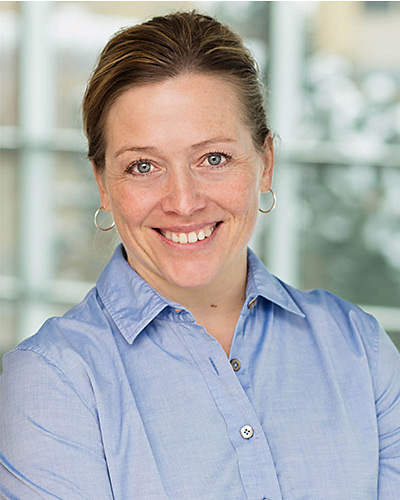EXPERT PROFILE
Bethany Neilson, Ph.D.
Civil and Environmental Engineering Department
Professor, CEE Water Division Head, and the Director of the Logan River Observatory

bethany.neilson@usu.edu
435-797-7369
Field: Civil Engineering, Environmental Engineering
Areas of Focus: Hydrology, Water Quality, Water Resources Management
Expertise
- River/stream modeling
- Surface-groundwater exchanges
- Heat fate/transport
- Mass fate/transport
- River temperature modeling
- Water quality modeling
- Water temperature regimes
- Karst/arctic hydrology
Bio
Dr. Bethany Neilson is a professor in Civil and Environmental Engineering (CEE) with a dual appointment with the Utah Water Research Laboratory (UWRL). She currently serves as the CEE Water Division Head and the director of the Logan River Observatory. Dr. Neilson’s efforts have spanned desert rivers, arctic river systems, low gradient agricultural rivers, high gradient mountain streams, and highly regulated river reaches. More recent research efforts have expanded to landscape processes and connections to riverine environments. Her current research includes understanding the role of groundwater/surface water exchanges on instream temperatures and carbon fluxes in areas of continuous permafrost; instream temperature, nutrient, and habitat responses to the development of beaver dam complexes; groundwater/surface water exchange influences on heat and nutrient transport in highly regulated river reaches; and temperature controls in regulated canyon-bound rivers.
A key focus of her current research is understanding the complexities of mountain hydrology in the context of the Logan River watershed. Due to the large amount of data collected as part of the Logan River Observatory, there is a variety of ongoing research projects in the area. In the karst, mountainous portion of the watershed, projects include understanding groundwater exchanges and influences on longitudinal solute trends, investigating methods for quantifying snow depth variability by combining bare-earth and snow-on LiDAR data, and combining processed-based snow modeling and machine learning models to predict baseflow variability. In the valley portion of the watershed, efforts include quantification and classification of lateral inflows from urban and agricultural portions of the watershed, and temperature responses to various riparian and water management scenarios. Additional efforts include quantification of micro-plastic transport from pristine portions of the watershed to urban centers.
